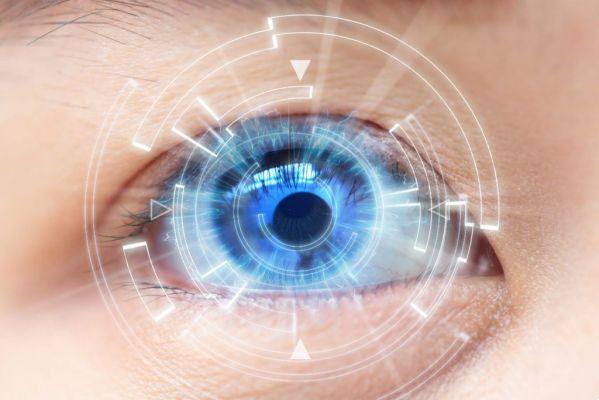Who wouldn't want to live in a good mood, with more contentment, well-being and happiness?
Positive sensations, added to the inner certainty that everything can work out around us, can be stored in the development of neurological learning. Early in our lives, our brains learn to perform motor and learning activities that strengthen our history of memories related to feelings of comfort and pleasure.
During childhood, when parents provide a satisfactory environment, in which the child feels loved and positively stimulated in their daily lives, their process of development and formation of neurotransmitters releases substances capable of functioning as validators of these pleasant experiences throughout the body. .
For those who, from a very early age, had their happiness and well-being encouraged, it is quite possible that in their adulthood they are less likely to go through drastically melancholic and/or depressive situations.
From this, we can think if there is any method that can activate our healthy emotional memories, to the point of making it easier for us to deal positively with certain situations and everyday struggles. If there is any procedure that can help us improve our brain performance when we find ourselves in the midst of difficulties.
Today, we are aware that physical activities trigger in our bodies these same neurotransmitters that bring the sensations of satisfaction, joy, ecstasy and balance. It is also proven that it is possible to achieve this state in meditation practices, listening to certain types of music, dancing and in other infinite situations that release feelings of pleasure. In addition, substances such as omegas and other vitamins also help in conquering these sensations. However, over the years of intense work in the office, I see that nothing in this sense, effectively, will be able to maintain itself in our lives if we are not aware of our memories, to the point of reprocessing what was poorly done and functioning as barriers of emotions and negative beliefs that prevent the flows of well-being and pleasure from being installed in earnest. It is the ability of our biological machines to think and reflect on everything we experience that allows us to overcome our distorted perceptions of reality.
To reach the goal of rescuing joy, ecstasy and balance, one of the approaches that offer good results is the therapy of Brain Reprocessing, or EMDR. When the individual has unresolved issues in their past, it will be necessary to treat and digest these emotional blocks, giving them a new dimension and importance in their present.

EMDR (which stands for Desensitization and Reprocessing Through Eye Movements) emerged in the United States, and it helps to redo connections and work new brain synapses, making it possible to stimulate both sides of the brain, obtaining quick results by resizing disturbing memories. .
In addition, it allows the specialist psychologist to identify what type of situation disturbs the patient and then, with eye movements, perform bilateral stimuli, auditory clicks, among others, allowing the patient himself to relive his experiences and make necessary associations that will promote his healing. emotional.
The technique consists of reproducing the REM phase of sleep, when we actually dream. However, clinically, the person is lucid and awake. The brain works in a deeper place, when the cerebral hemispheres talk more and without obstacles, in which unresolved memories, feelings and sensations can be accessed, reprocessed and overcome.
At the end of the process, the patient is able to release their stagnant emotional contents, allowing a new view of their reality with strong chances of living with greater pleasure and joy.

























